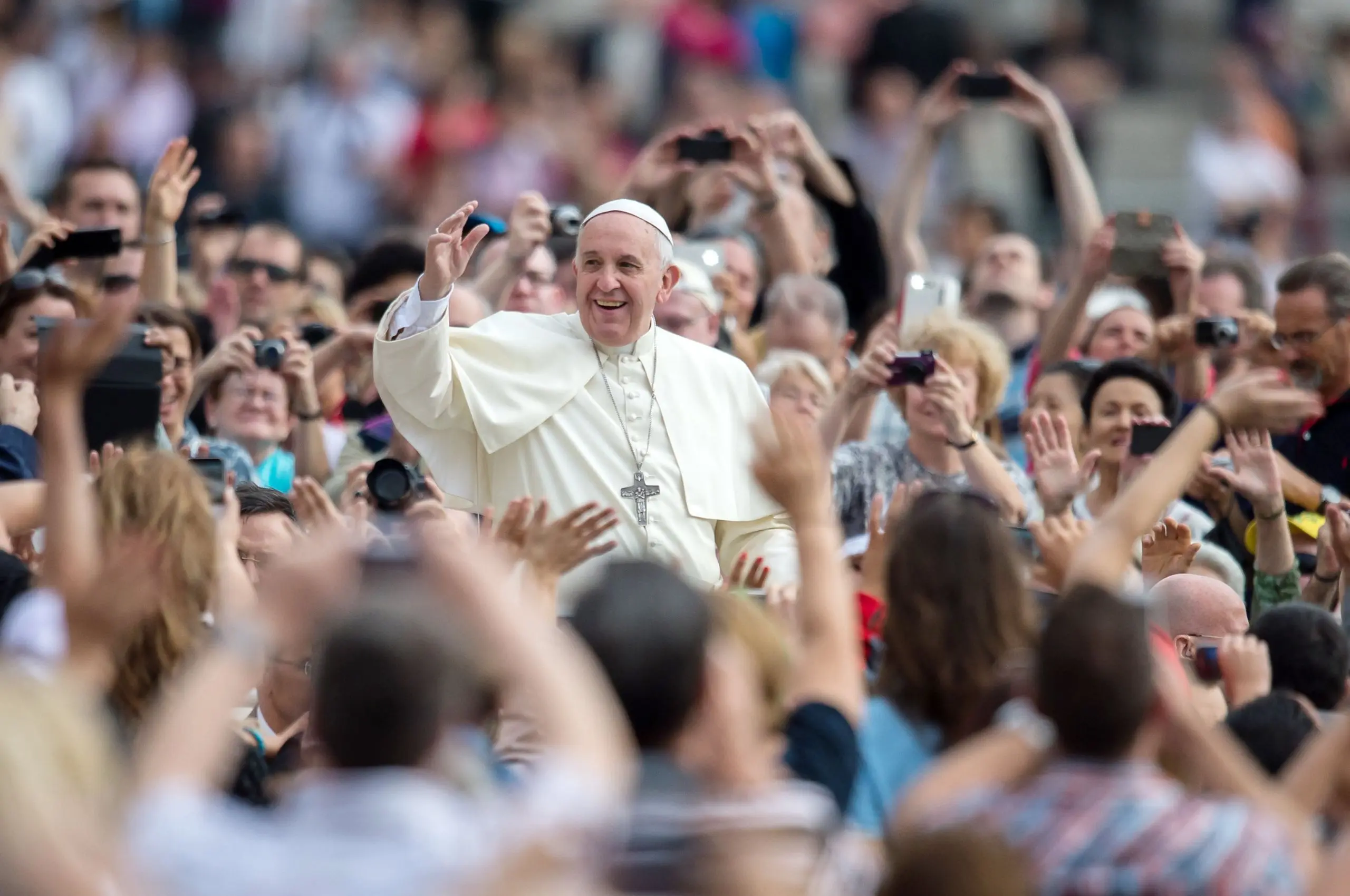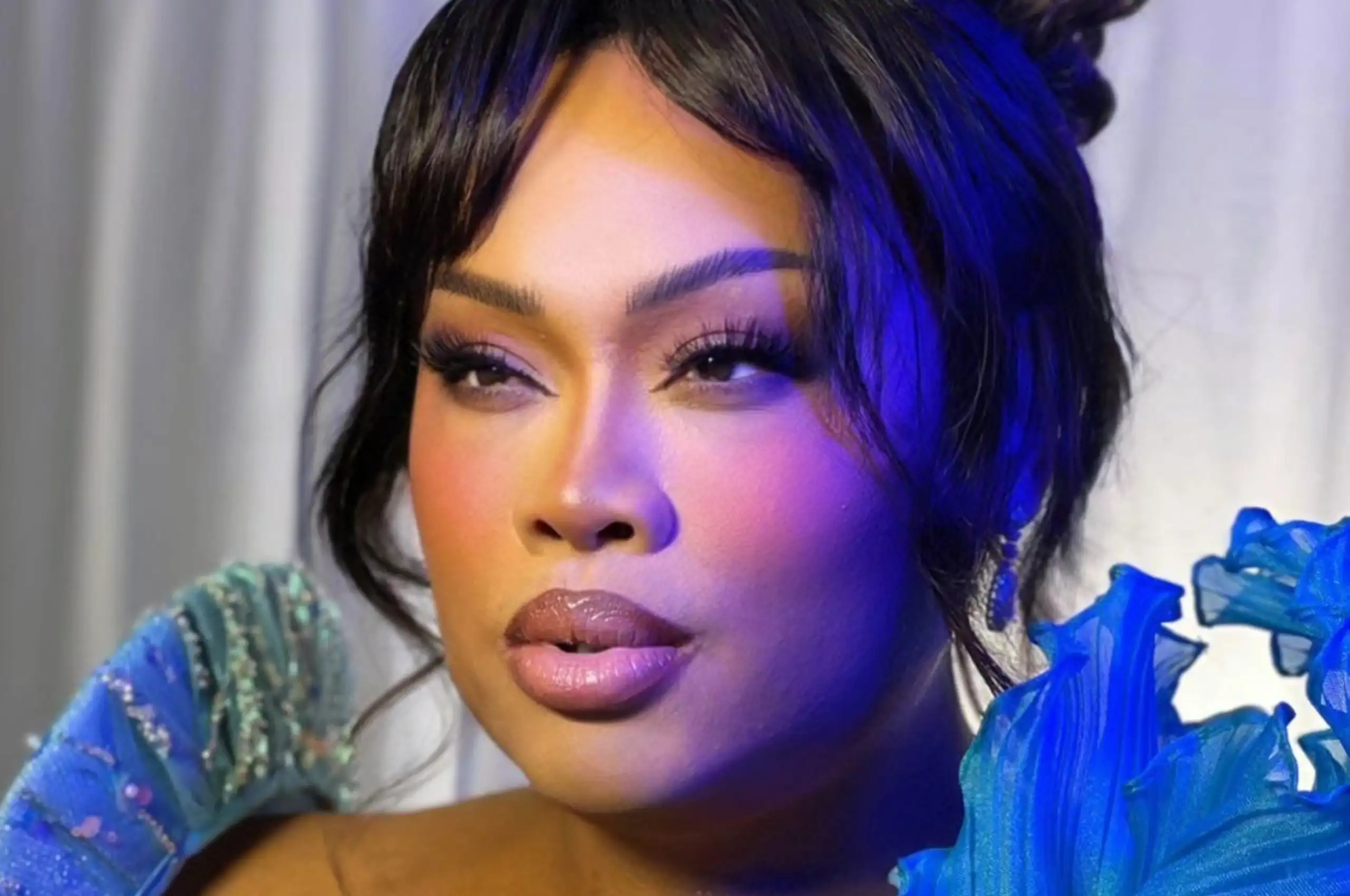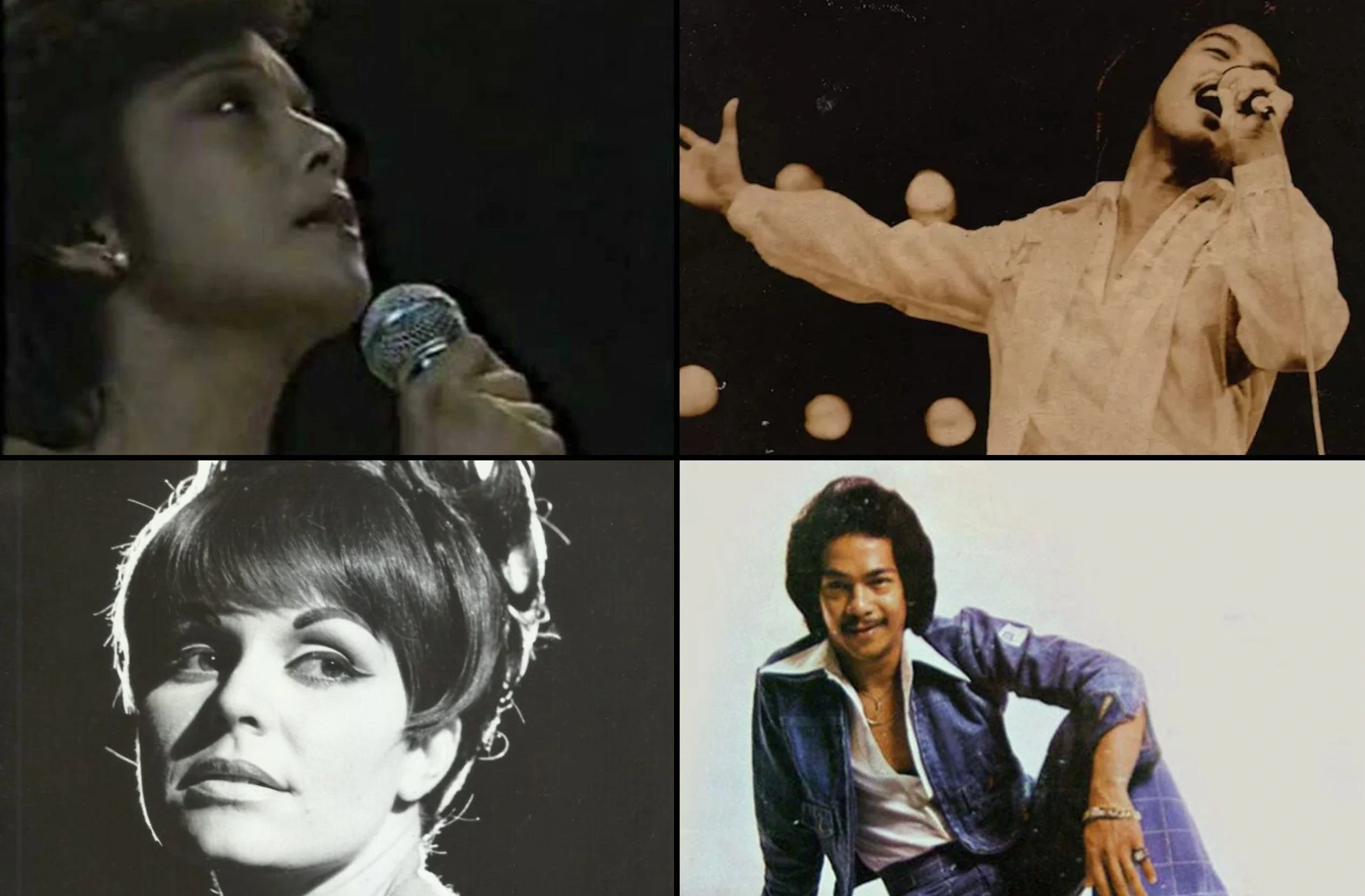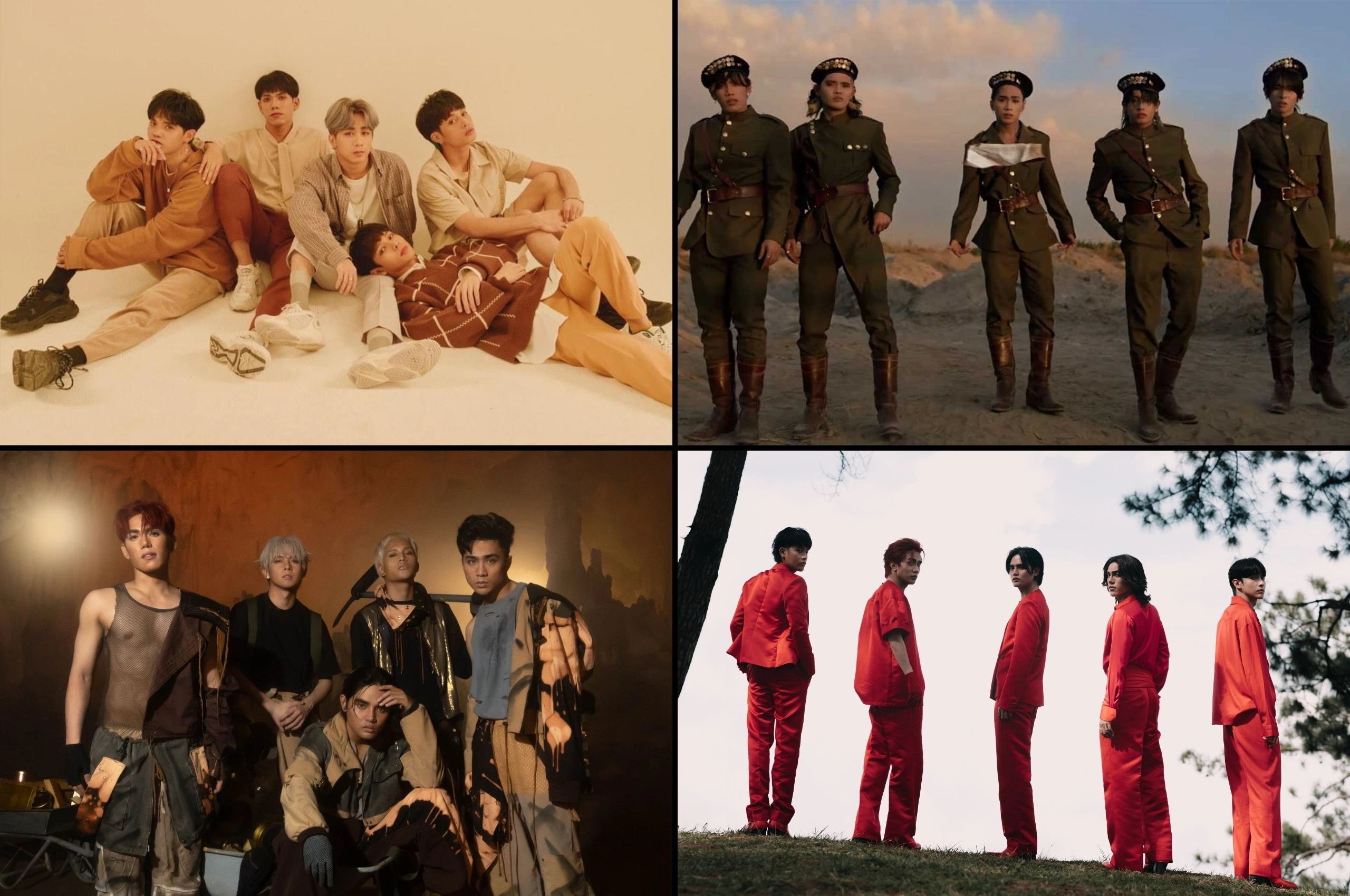Popes are usually laid to rest beneath St. Peter’s Basilica in Vatican City — the burial site of St. Peter, the first pope and one of Jesus’ twelve apostles. But on April 26, Pope Francis was buried in a simple tomb in the Basilica di Santa Maria Maggiore, outside the Vatican, as per his will.
When Francis was admitted to the hospital for a polymicrobial respiratory tract infection last February, it seemed like the world was ready to accept his passing. Film buffs on social media called the Pope’s worsening health condition an “insane Conclave promo,” referring to the 2025 Oscar-winning film for Best Adapted Screenplay about the election of the next leader for 1.4 billion Catholics around the world.
Unlike those who’d taken an interest in the politics of the Vatican through Conclave, devoted Catholics weren’t as ready for the Pope’s death. For my parish, every Sunday mass included a prayer for the Pope’s recovery. But for me, the prayer became more routine than ritual. I memorized and recited the prayers, and read the oratio imperata or obligatory special prayer for the Pope’s health — blankly, hurriedly. My reward was lunch with the family.
Last March, he was discharged from the hospital after suffering from asthmatic bronchitis and pneumonia. By April, the Pope returned to making public appearances, in a wheelchair and nasal oxygen cannulas. On April 17, he visited the Regina Coeli prison in Rome to pray with the inmates, then appeared at St. Peter’s Square on the 20th to give his Easter Sunday blessing. He even had the energy to meet with U.S. Vice President JD Vance later that day.
When I heard the Pope died on Easter Monday morning, April 21, I didn’t cry until I texted my parents, which was maybe three seconds after I received the news. Then I cried some more over the unfamiliarity of this grief, and cried again as the “Catholic guilt” set in. I should have prayed the oratio imperata with more fervor and conviction.
Attending schools associated with Augustinians and the Opus Dei was part of my Catholic upbringing. By the late 2010s, my education, which was so focused on shame, self-sacrifice, and personal salvation, had fallen gravely out of touch with the rest of the world. Campaigns like the #MeToo movement in the U.S. or the opposition against Rodrigo Duterte’s drug war in the Philippines became global responses to everyday injustices. Society at-large “woke” up, but many Catholics around me weren’t interested in broader social action beyond missionary outreaches.
Francis was different. He understood the Roman Catholic Church was powerful yet deeply flawed, and he was determined to transform it into a Church for the people. It meant challenging the Church’s history of systemic abuses, particularly its part in the cultural genocide of indigenous peoples in Canada and the protection of sexual abusers among the clergy. When #MeToo began in 2017, he admitted the Church was late to address sexual abuse cases and resolved to place stricter penalties on clergymen found guilty of sexual abuse. In 2022, he apologized to representatives of indigenous groups in Canada for the abuse committed by Christians in religious residential schools for indigenous people.
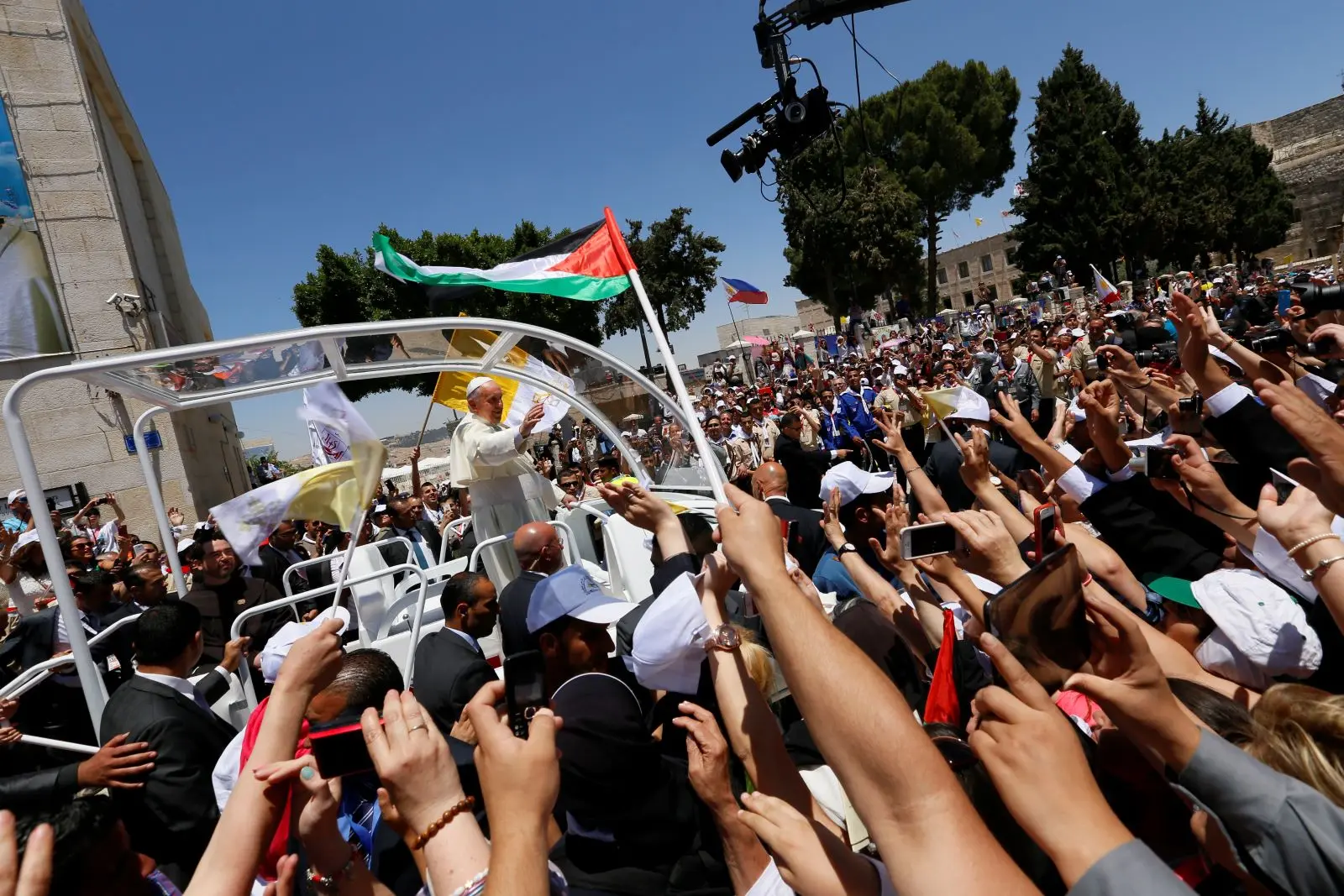
In 2019, Francis backed Cardinal Pablo Virgilio David, Bishop of Kalookan, in his opposition to the drug war. Caloocan City is considered “ground zero” of the drug war, with police operations in August 2017 yielding 13 “suspects” killed — including the 17-year-old student Kian delos Santos, who was then only a year older than me. David told Vatican News that the Pope was “well-informed” of the extrajudicial killings and prayed for the bishop as he faced death threats for criticizing the drug war and putting up drug rehabilitation centers in Caloocan.
Indeed, Francis’ leadership operated on mercy, a Catholic trait that has arguably lost its way over the years, and he did not shy away from polarizing political issues. “I prefer a Church which is bruised, hurting, and dirty because it has been out on the streets, rather than a Church which is unhealthy from being confined and from clinging to its own security,” he said in his 2013 apostolic exhortation Evangelii Gaudium, which guided his papacy for 12 years.
He was by far the most progressive leader the Church had seen, and I took that for granted because he was Pope for half of my life. As a queer person, I’m anxious about where the Church may go in the coming years with governments in the U.S. and U.K pushing back on gender equality and equity policies. I’ve heard other Catholics pray for an apolitical pope who is only concerned about the spiritual well-being of the faithful.
But the papacy is not as apolitical as some perceive. The Roman Catholic Church has, in fact, shaped societal decision-making for hundreds of years. In the Philippines, proposed laws for divorce, SOGIE equality, and comprehensive sex education struggle to pass because of pushback from the majority-Catholic citizenry and conservative lawmakers.
Francis’ death is consequential at a time when governments are swinging between extremes, and even age-old traditions like religion are no longer enough to pull us out of this culture of existential uncertainty. The Pope’s successor must be decisive in the Church’s principles, but also compassionate and in touch with humanity.
In his will, the Pope said he chose to be buried in the Basilica di Santa Maria Maggiore because it was where he came to pray before and after his pastoral visits to other countries, often with marginalized communities. In this way, his burial was also his last act of love to be close to the people.
Pie Gonzaga is Rolling Stone Philippines’ State of Affairs Writer. She covers politics, society, and power, with a special interest in gender issues.
